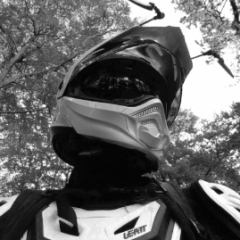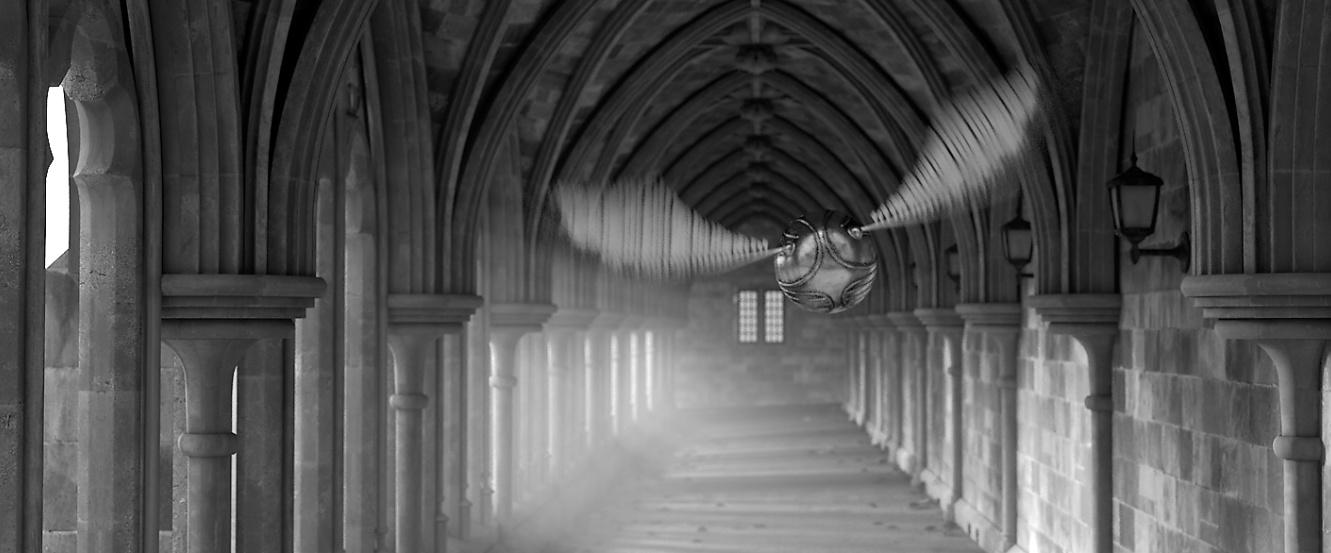-
Posts
17,957 -
Joined
-
Days Won
733
Content Type
Profiles
Blogs
Forums
Gallery
Pipeline Tools
3D Wiki
Plugin List
Store
Downloads
Everything posted by Cerbera
-
Need more information. Is the displacement baked in for example ? How many objects are you trying to distribute, what sort of objects are they, and does it matter which way up they point ? CBR
-
That doesn't just apply to Correction deformer-based selections under nulls - it is the same even if a direct child ! It is a known bug in 2023.1 unfortunately. I think it should be fixed soon. CBR
-
Thank you for sharing your fix - I hadn't come across this problem before, so good to know. CBR
-
It is based on some kind of particles though, I believe. Just in this incarnation we don't have controls at that level. Wouldn't surprise me if we end up seeing Pyro adapted / expanded into all sorts of weird and wondrous things as time goes on... CBR
-
No, as far as I recall there isn't an equivalent of cel render that would let you just do the points. But you could clone little low res spheres to every point in your model (Object Mode / vertex distribution), and the hide the base geo from render ? CBR
-
Some generators include separate editor / render settings, but for the ones that don't I have to say most people don't consider it too much hassle to just change the number before they render, which might explain why I don't recall seeing any scripts that would do this ! In a way you could use the Takes system to do this I think, but you'd still have to physically change something every time you wanted to render. CBR
-
I would try and use forces rather than Xpresso to manage this, especially if the objects going along are simulated softbodys like in the example vid. You can put an attractor force inside the tube for example, and then lead the sim stuff through it by its animation along a path and by animating its strength for example... Likewise, if stuff falling back down is an issue, keyframe gravity to help you throughout the sim. Lastly, we do have a Mix animation command in 2023 which would allow you to keyframe the path of the objects directly up and through the tube, then mix that with any simulated animation you need using that control in simulation attributes. CBR
-
I do believe I am ! 🙂 Yeah - wasn't sure if that worked in 2023. CBR
-
Welcome to the Core 🙂 You will need to say which version of Cinema you have. Pls put this info in your profile so we don't have to ask every time you post ! Difficult to provide a definitive answer on this I would say, because it might take hours and hours of experimentation to find the right tools and methods, and it is unlikely to be produced in the same way as Blender's, but might be possible using other tools native to Cinema. CBR
-
Natively, the cloner struggles with mixed width stuff because its step value is constant in all the modes. I seem to recall there being a plugin / script that works around this, but my memory fails me and I can't remember what it was called. I bet @bezo remembers ! CBR
-
You'd need to upload your scene file before we even begin to answer that question. Please also complete your profile so we know which version you are working in. CBR
- 3 replies
-
- Simulation
- Others
-
(and 1 more)
Tagged with:
-
That'll be to do with where the axis is. First select the circle, then hold alt and add your Lathe. That'll make it a parent at the same location, and give you the sphere. But now move the circle spline away from the origin of its parent, and it will become a torus. CBR
-
You're sort of thinking along the right lines, but implementation could be better. Rather than adding tons of segments to your base cube (you need them on Y to be able to twist), use very minimal segments on X and Z, and an elongated cubic form (one of the directions other than Y), so more rectangular. Then you can use L3 Subdivision Surface to round that out into your final cylindrical form like below... You can see the shape I started from on the right there - note lack of segments on X and Z, which is what allows SDS to round it so nicely. The more rectangular the 'cube' is the more 'cork-screwy' the twisted horn will be. Other than that it's exactly the same deformers as you used, but with 1260 odd degrees of twist. If you want the base properly cylindrical, when you are happy with your deformers you can Current State to Object the low res base mesh, delete the bottom and top polygons, and then add 2 loop cuts into your twisted mesh which will give you enough (8) points to conform to a circle, either with Points to Circle script (if you have HB Modelling bundle or one of the similar free scripts out there) or you can just load an 8 sided n-side spline and manually conform / snap the points to that to achieve a perfect circle. You will still need the SDS to make that so, which is why we CStO the base mesh and not the SDS result. CBR
-
This is an English only forum. Please use Google translate and post your thread in English. Also, you will need to be a lot more specific - what do you think is wrong with it now ?! CBR
-

Control objects via fields without inside a cloner?
Cerbera replied to Björn Ewers's topic in Cinema 4D
Not enough information to answer. We would need at minimum to see the model and materials in question. CBR -
Yeah, you're in the wrong bit ! You are dealing with a Bullet Rigid Body dynamics system, not the new sim stuff. CBR
-
No. This will not work, and Boolean is the wrong tool for that job unless you are working with solid objects. And even when it does work, it is literally the worst way of getting that shape. You could use splines instead, inside a spline mask (like a regular boolean, except for splines) and an Extrude Object to get this shape the easy / quick / lazy way ? But it's not actually that hard to model this properly out of polygons / SDS, without ever having to use a horrible boole - if you are interested I will show you the proper topology for that. CBR
-
Welcome to the Core ! 🙂 You are in the best place for C4D help, and we have a good number of modelling guys who will be able to assist you... This isn't the place to modelling questions, but yours is a very quick one to answer so I'll do it here this time... please also complete your profile so that we don't have to ask which version you are running every time you have a question... The procedure for setting up a bend is as follows: 1. Make the bend deformer a child of the object you wish to bend - you have done that OK. 2. Find the axis you wish to bend along - in your case it is the red axis, or X. 3. In the bend attributes, change Alignment to X+ and then hit Fit to parent. Play with Strength. Bend will now work as expected in that direction. CBR
-
I will add that subdividing just part of a mesh is almost never good modelling technique except in a few really quite specific applications. If you tell us how you plan to use it we might be able to suggest a preferable way that doesn't result in a mesh that may give you problems later. CBR

